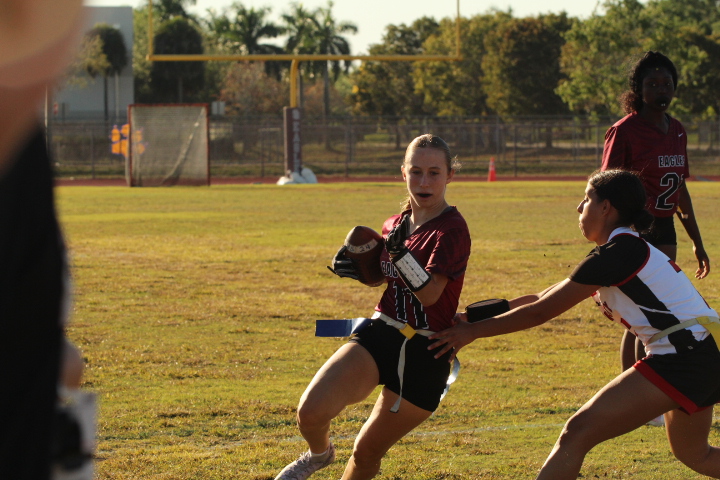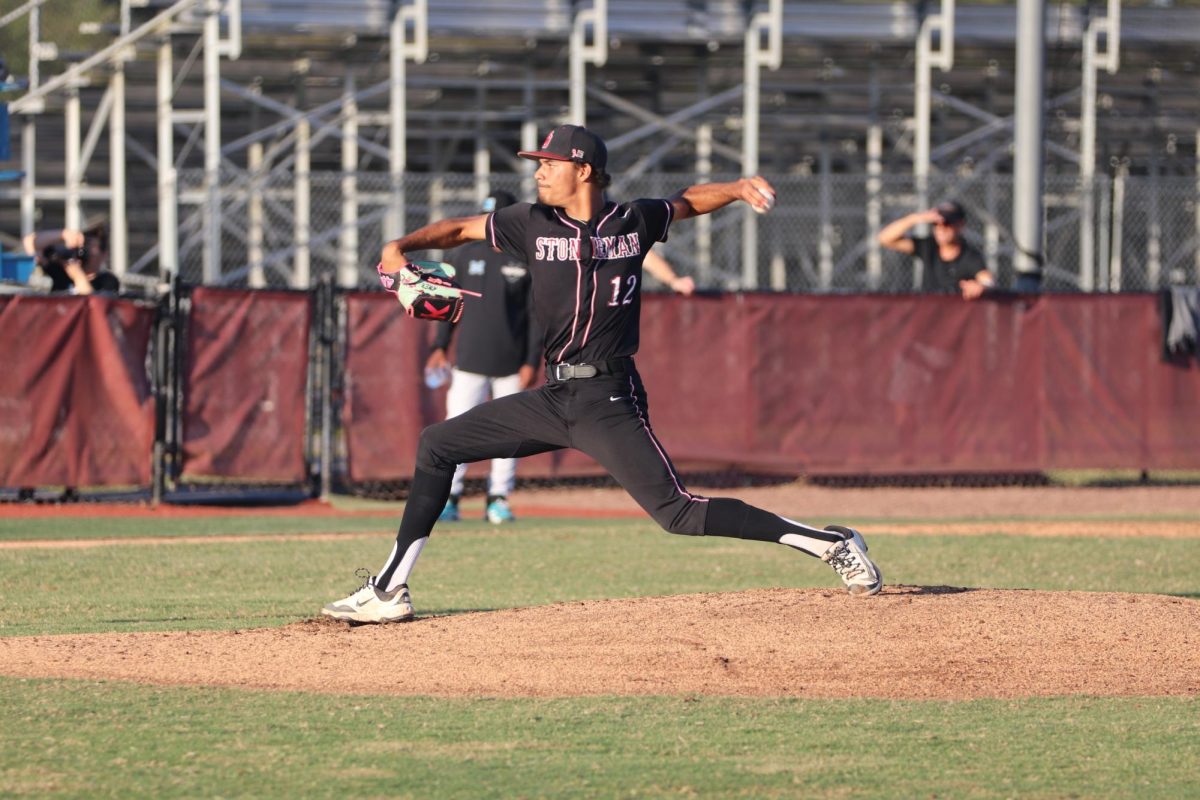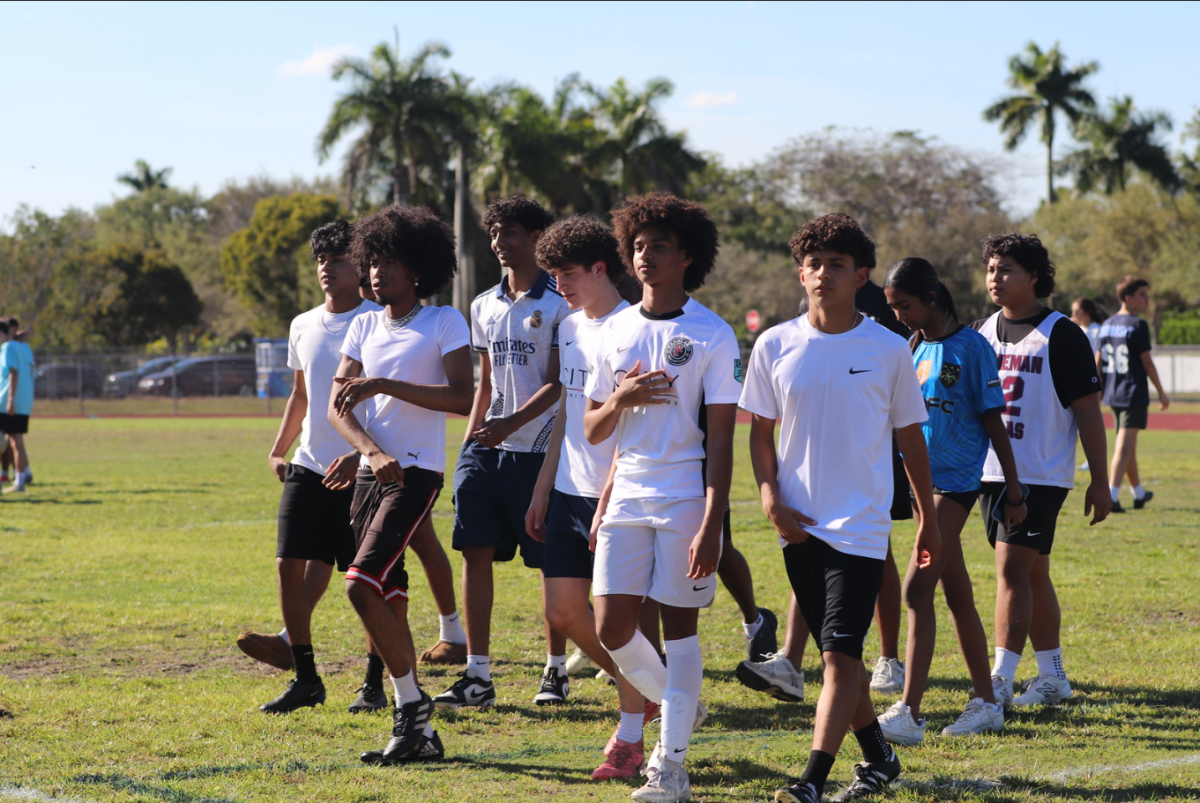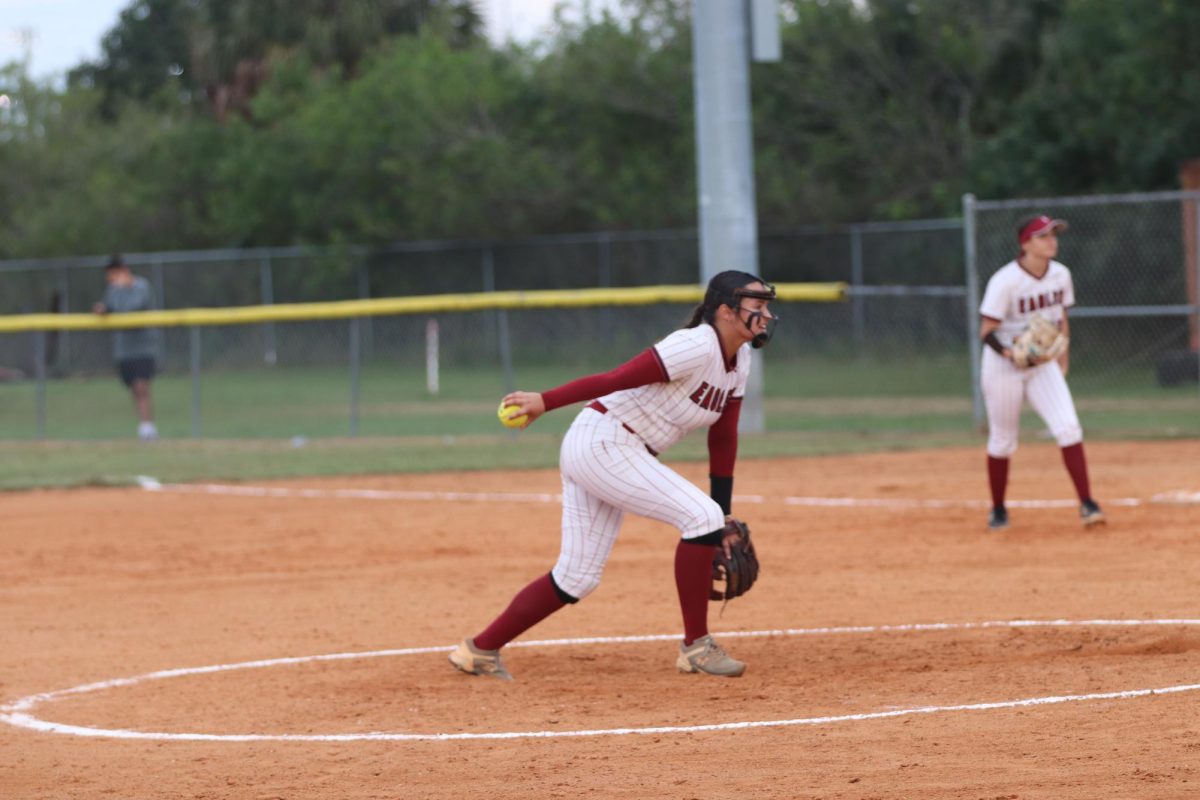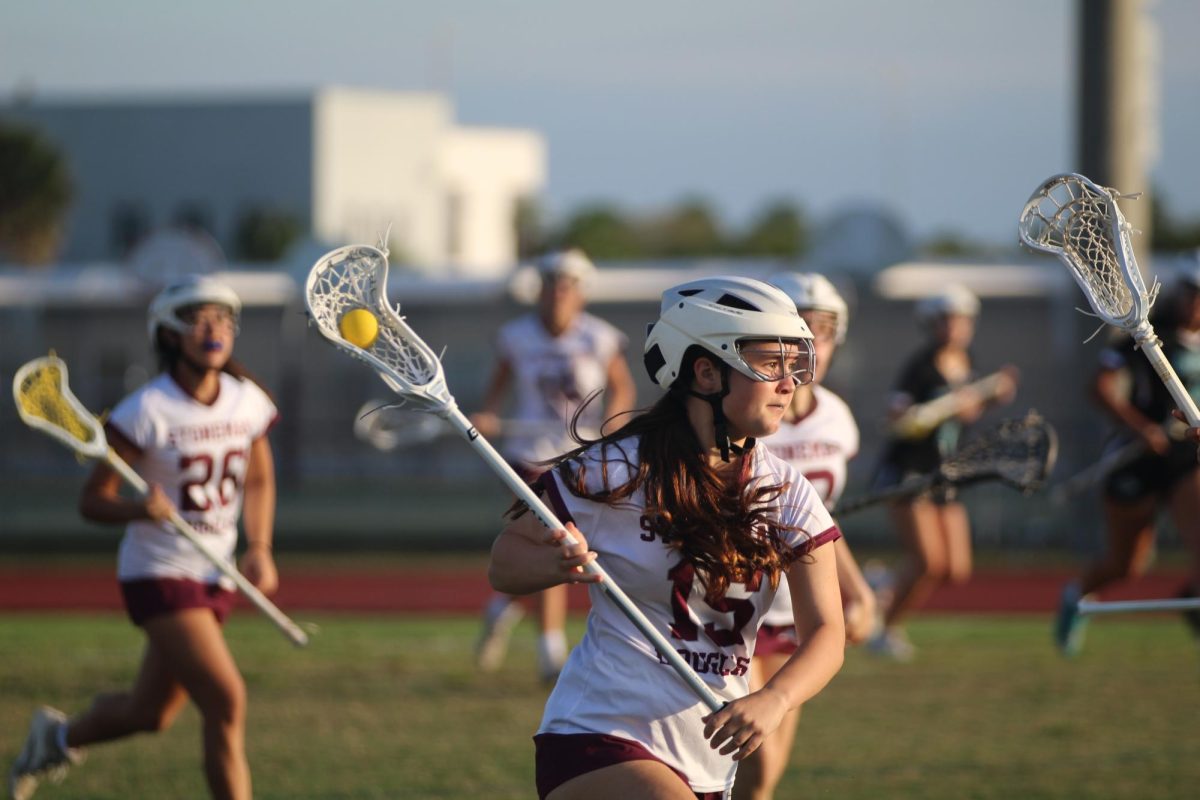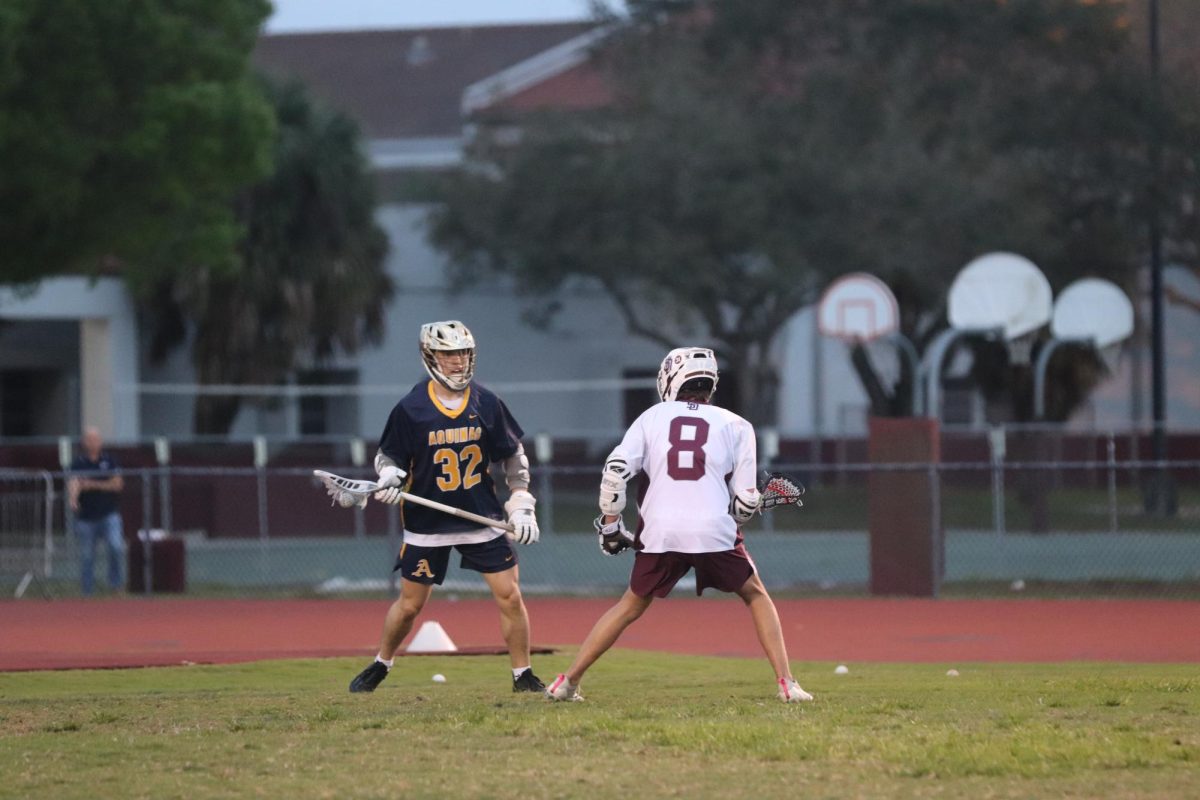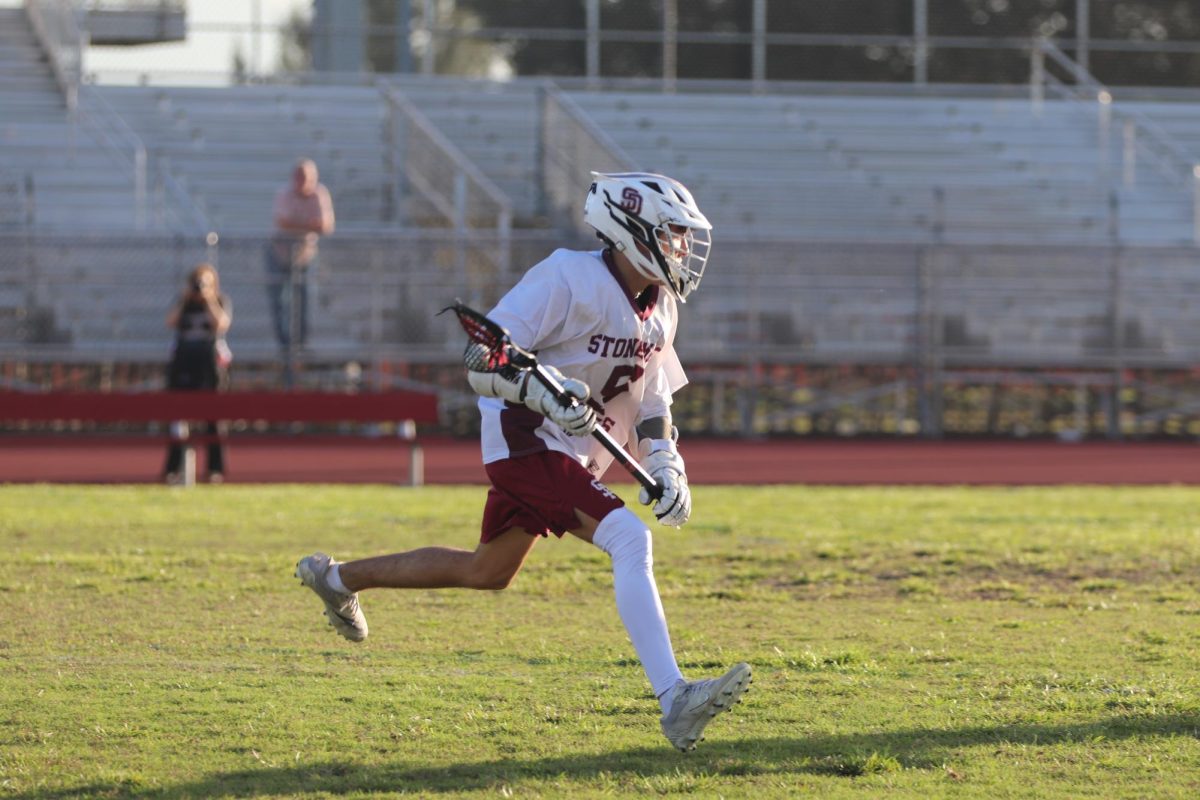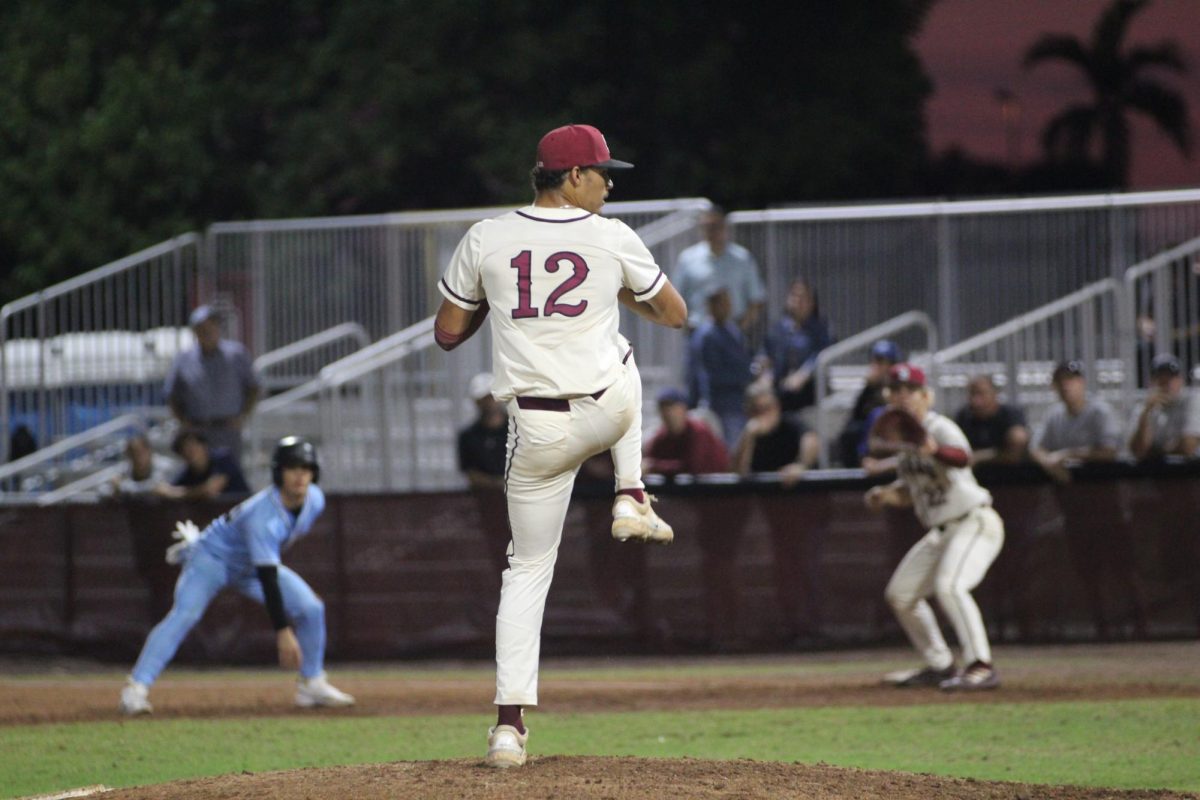When an athlete sustains a concussion, their immediate post-concussion assessment and cognitive testing, the ImPACT test is used to compare their neurocognitive state before a concussion occurs. The ImPACT test was developed in the late 1900s at the University of Pittsburgh and later on was released during the early 2000s.
The ImPACT test purpose is made to help in many different ways like helping doctors. The ImPACT test allows neuropsychologists and athletic trainers to watch over a person’s results before an injury and use them to make a specialized treatment to use when athletes get a concussion. If it is a very mild concussion, they may just allow an athlete to just sit out a certain amount of games without any medication but It can lead to an increased risk of another concussion.
“When I had gotten a concussion, which was a mild concussion, I was told that I could not play during certain games,” sophomore and athletic trainer Samantha Calavetta said.
For instance, if a game was coming up soon and a coach knows that there is a high risk for a player’s concussion to get worse, the coach would purposely sit the player out.
Without this resource that benefits players and coaches, every athlete that would suffer from a concussion would have to all go through the same protocol even if it is unnecessary.
“It gives you a baseline of the child’s concussions,” Marjory Stoneman Douglas High School Athletic Director Albert Guzzo said. “If they take the ImPACT test on a normal day and they happen to get a concussion,” they can see how severe it is and how they’re coming along with the treatments.”
On average, it takes athletes about 20 to 40 minutes to finish the ImPACT test according to the University of Pittsburgh Medical Center. The test comprises 27 skills which focus on verbal and visual memory, brain processing speed and reaction time to certain things.
“It took me at least 20 to 30 minutes for me to finish the ImPACT test,” sophomore and basketball player Emily Balk said.
If an athlete were to take longer the test will automatically assume that the athlete has suffered a concussion once an athlete gets to a certain time limit.
For certain age groups, the times can defer. For example, a 5-9 year old would approximately take 25-30, according to impact pediatric. The ImPACT test for a younger child would be shorter because they have a short attention span that allows them to focus for such little time.
“Half of athletes have to take the ImPACT test more than once. The reason half of them have to retake it is because of the memory part of the test,” Guzzo said.
The test will show athletes that same star at the end of the test. Athletes have to differentiate that star with three other stars which look exactly the same except a small thing that is placed on the star.
Athletes are required to retake the ImPACT test every other year they plan on playing a sport. Without retaking the ImPACt test students will not be able to compete on a MSD team. The reason they have to retake the test every year is because concussions can happen to anyone.
Impact testing took place in Room 211 and 210 on Sept. 13 and Oct. 3 with further dates to come in the future.




